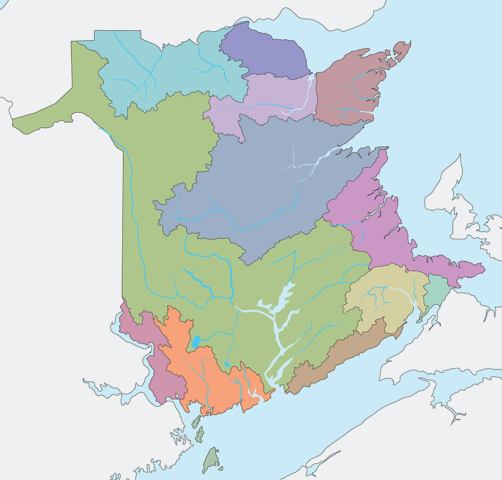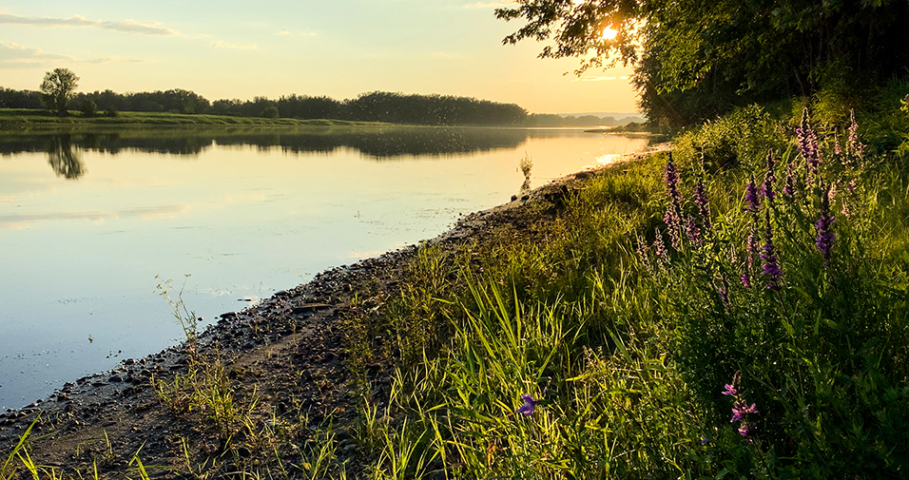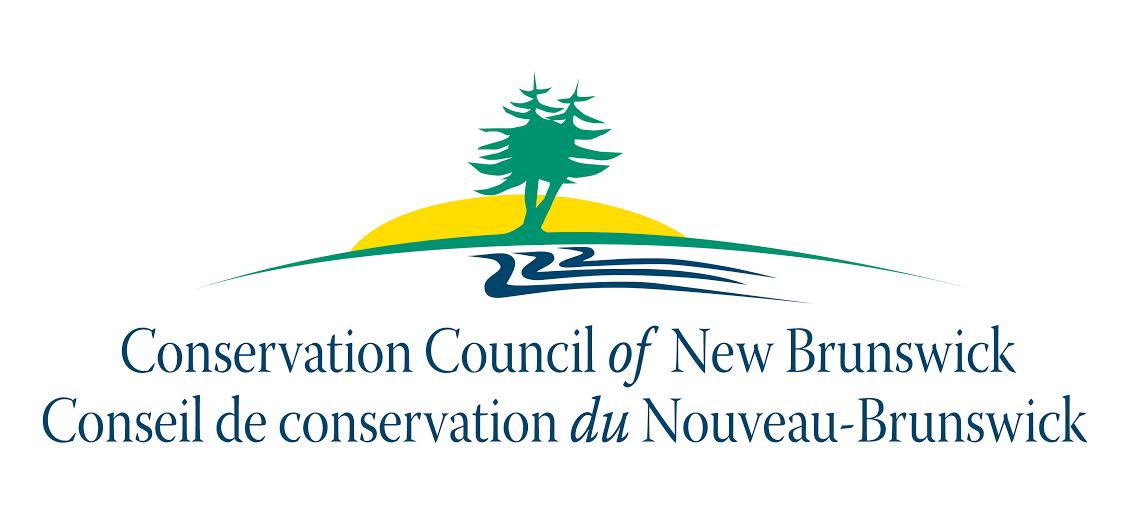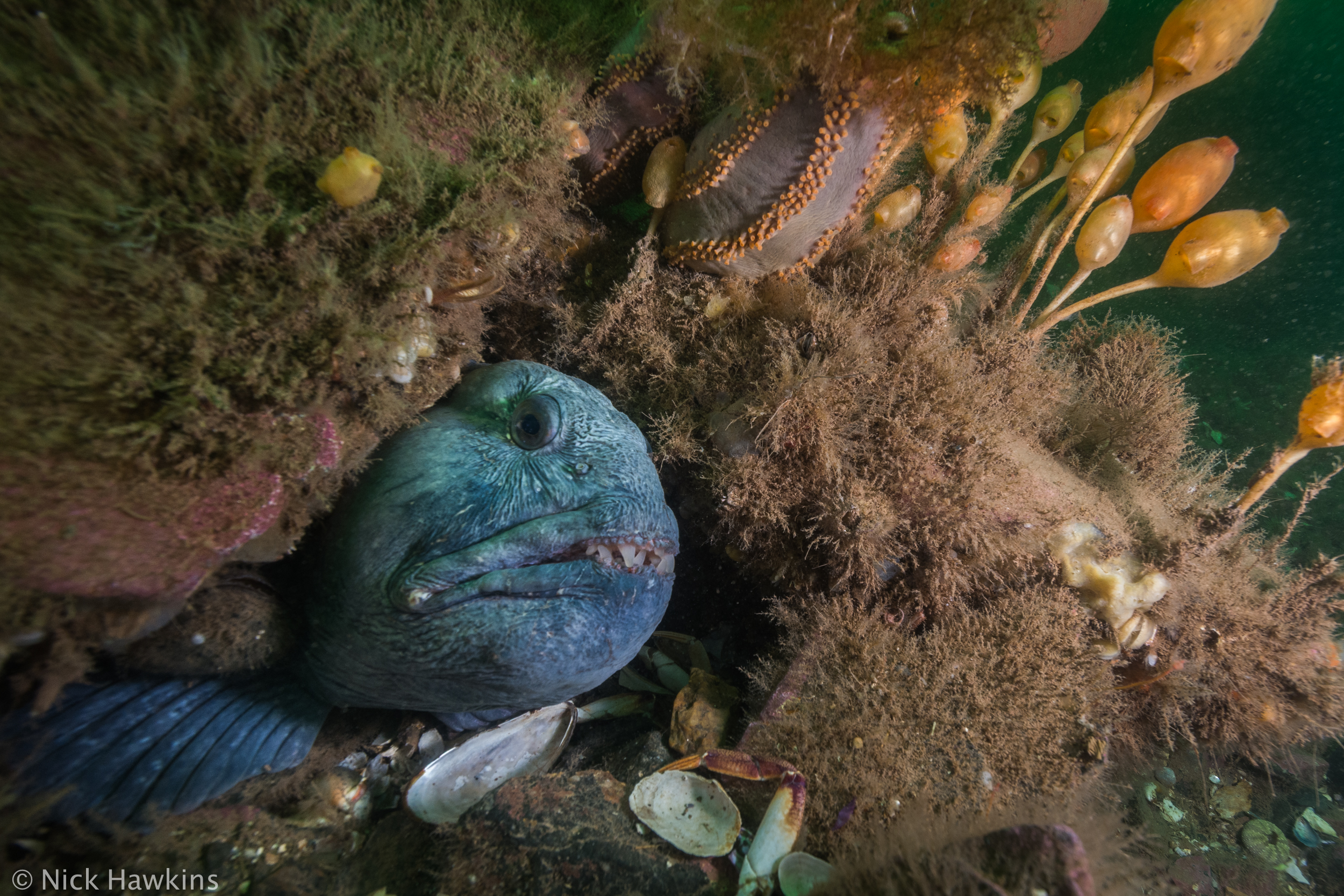Protecting our water
We envision clean, swimmable, drinkable water for all New Brunswickers.
The Clean Water Act was established in 1989 and houses many of the most important pieces of legislation related to protecting the quality and quantity of the waters in our rivers, streams and lakes that underpin our diversity of aquatic habitats and species, our recreational opportunities and drinking water supplies.
Key regulations for the protection of surface water under the Clean Water Act (CWA) include the Watershed Protected Areas Designation Order (2001) Water Classification Regulation (2002), and the Watercourse and Wetland Alteration Regulation (1990). Ground water drinking supplies are regulated through the CWA by the Potable Water Regulation (1993) the Water Well Regulation (2002). The Water Quality Regulation (1982) under the Clean Environment Act (1973) is another key piece of legislation that prohibits, without permit, the pollution of any waters in the province.
As with all pieces of environmental legislation in the province, the above regulations are permit conditional and therefore require political will to enforce.
Water Protection going Down the Drain?
With strong legislation in source (drinking) water protection through the Protected Watershed Designation Orders, the Water Classification Regulation that establishes water quality standards and a progressive science-based Wetland Conservation Policy with a focus on ‘avoidance’, New Brunswick has often been touted across Canada as being forward-thinking in water protection measures. That has changed in recent years as many of these policies and regulations have been weakened or not enforced.

Furthermore, the provincial government has not yet fulfilled an obligation under the Climate Change Action Plan (2007) to establish a comprehensive water management strategy that would provide a framework for wise and sustainable use of our freshwater as its demand continues to rise. New Brunswick is one of the only provinces without an overarching guiding water management policy.
The weakening of the basic measures to protection our water resources is happening at a time when there is increasing pressure for reduced environmental constraints from proponents of projects such as mines, shale gas fields and subdivisions.
Wetland Conservation Policy
Water classification systems, in place worldwide, use science to set transparent goals for water quality. Jurisdictions “classify” their rivers, lakes, and tributaries, using certain scientific-based parameters (for example, dissolved oxygen, nutrient status and aquatic life), and then work with groups in each watershed, including business, community, and environmental organizations, to either protect those values or to improve on them. That ensures river health is maintained or improved over time.
Used all over Europe, in New Zealand and in most parts of the United States, this system of protecting watersheds has led to sustainable water management plans and restoration projects that connect the upstream and downstream communities.

New Brunswick started work on this science-based system over 15 years ago with the passing of the Water Classification Regulation of our Clean Water Act with the intent to “eventually classify all waters in the Province, watershed by watershed.”



